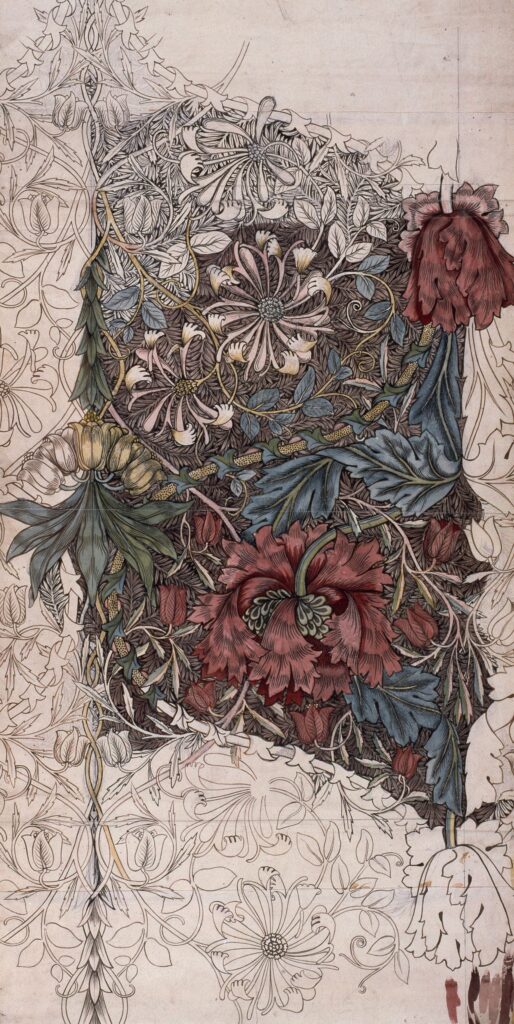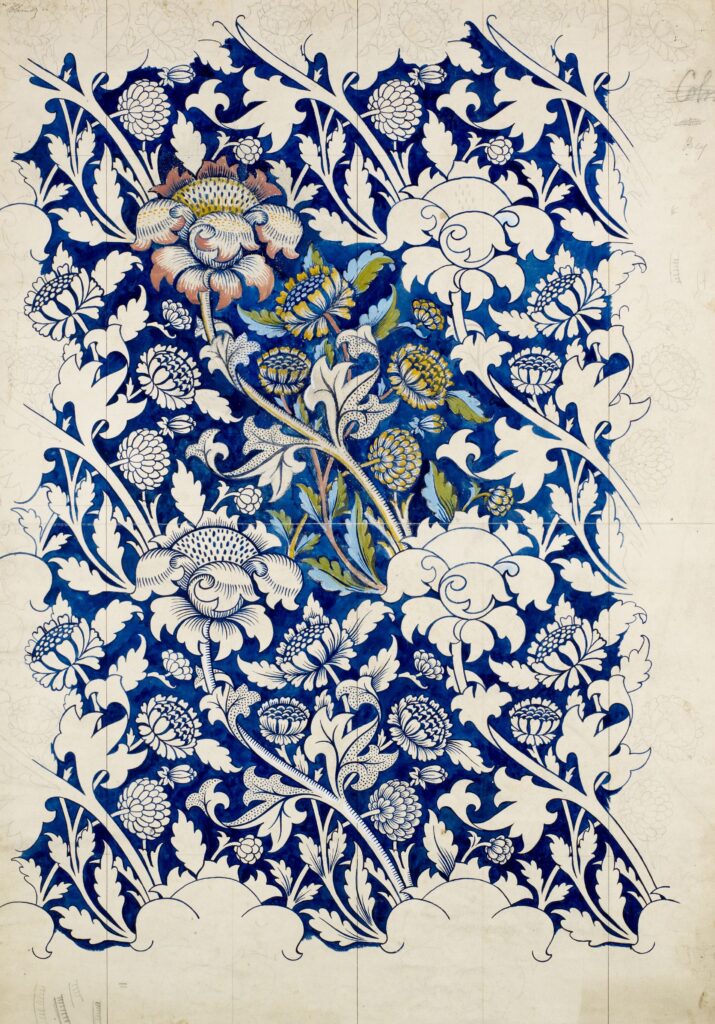Russian billionaire Dmitry Rybolovlev is making a bold accusation against renowned auction house Sotheby’s, claiming that the company aided art dealer Yves Bouvier in deceiving him during the purchase of valuable artworks. Allegedly, Sotheby’s played a role in inflating the prices of masterpieces, which resulted in Rybolovlev overpaying by tens of millions of dollars. However, Sotheby’s firmly denies any wrongdoing, asserting that it followed industry best practices. In an industry often shrouded in secrecy, this trial promises to shed light on the inner workings of the art trade, where buyers frequently remain unaware of the origins of their acquisitions. At the center of this dispute are renowned artworks, including pieces by Modigliani, Leonardo da Vinci, Gustav Klimt, and René Magritte. Both Rybolovlev and Bouvier have been entangled in legal battles across different jurisdictions, yielding conflicting outcomes. Furthermore, Sotheby’s is accused of adjusting valuations to suit Bouvier’s agenda and withholding essential information that would have revealed Bouvier’s ownership of the artworks. The outcome of this trial holds the potential for establishing new standards of transparency within the art market.

Accusations against Sotheby’s
Russian billionaire Dmitry Rybolovlev has made serious claims against renowned auction house Sotheby’s. He alleges that Sotheby’s assisted art dealer Yves Bouvier in deceiving him during the purchase of valuable art pieces by artificially inflating prices by tens of millions of dollars. According to Rybolovlev’s legal team, Sotheby’s deliberately created inflated valuations for the artworks, aiming to conceal Bouvier’s substantial markups.
In response to these accusations, Sotheby’s firmly denies any wrongdoing and insists that it strictly adheres to industry best practices. The auction house maintains that it operates with integrity and transparency in all its dealings. The two parties find themselves embroiled in a contentious legal battle, which promises to shed light on the intricate and often secretive workings of the art trade.
Insight into the secretive art trade
The upcoming trial presents a rare opportunity for the public to gain insight into the notoriously opaque world of the art trade. Many buyers are often unaware of the provenance and origins of the artworks they acquire, creating an environment rife with potential misrepresentations and fraudulent activities. With limited knowledge regarding this intricate process, the trial will offer a valuable glimpse into how art transactions are conducted and the practices that underpin this enigmatic industry.

Artworks involved in the dispute
The dispute between Rybolovlev and Sotheby’s centers around a collection of highly coveted artworks. Among the pieces in question is a sculpture by renowned Italian artist Amedeo Modigliani. This particular sculpture, whose provenance has been contested by both parties, holds significant value and is central to the legal battle.
Adding to the controversy are allegations surrounding a painting attributed to the legendary artist Leonardo da Vinci. The authenticity of the painting has been hotly debated, further intensifying the ongoing legal dispute. Additionally, works by Gustav Klimt and René Magritte have also become entangled in the complex web of allegations and counterclaims.
Legal disputes of Rybolovlev and Bouvier
Both protagonists in this high-stakes battle, Dmitry Rybolovlev and Yves Bouvier, have been engaged in numerous legal disputes across jurisdictions in recent years. These confrontations have resulted in mixed outcomes, further fueling the animosity between the two men.
The legal histories of Rybolovlev and Bouvier serve as a backdrop to their ongoing conflict. With each asserting their claims and presenting contrasting arguments, the court case will inevitably draw from their complex legal trajectories to shape its verdict. The outcome may have far-reaching implications for both individuals and the art market as a whole.

Adjustment of valuations and withholding information
Central to Rybolovlev’s accusations against Sotheby’s is the claim that the auction house purposefully adjusted valuations to favor Yves Bouvier. It is alleged that Sotheby’s inflated the prices of the artworks, enabling Bouvier to make substantial profits. By artificially raising the valuations, Sotheby’s allegedly assisted Bouvier in concealing his exorbitant markups, thus misleading Rybolovlev in the process.
Equally troubling is the allegation that Sotheby’s withheld information that would have revealed Bouvier’s ownership of the artworks. By concealing Bouvier’s involvement, Sotheby’s may have orchestrated a situation where Rybolovlev unknowingly entered into transactions with an art dealer he believed to be an impartial intermediary. These actions, if proven, raise serious questions about the integrity and ethics of Sotheby’s operations.
Potential impact on the art market
The outcome of the Rybolovlev versus Sotheby’s case holds significant implications for the art market as a whole. Should the court rule in favor of Rybolovlev and substantiate the allegations against Sotheby’s, it could prompt a seismic shift in the industry’s practices. Greater transparency guidelines may be established, imposing stricter regulations on auction houses and dealers alike.
The establishment of more transparent practices within the art market could benefit both collectors and artists. Buyers would have greater confidence in the authenticity and provenance of the works they acquire, reducing their vulnerability to fraudulent transactions. Artists, in turn, may benefit from a more regulated and accountable market, ensuring they receive fair compensation for their creations.
Irrespective of the outcome, the Rybolovlev versus Sotheby’s dispute will force the art industry to reflect on its practices and address the need for increased transparency. With the trial set to shed light on the inner workings of this secretive trade, the art world may be compelled to reevaluate its standards and adopt more ethical and accountable procedures going forward.

